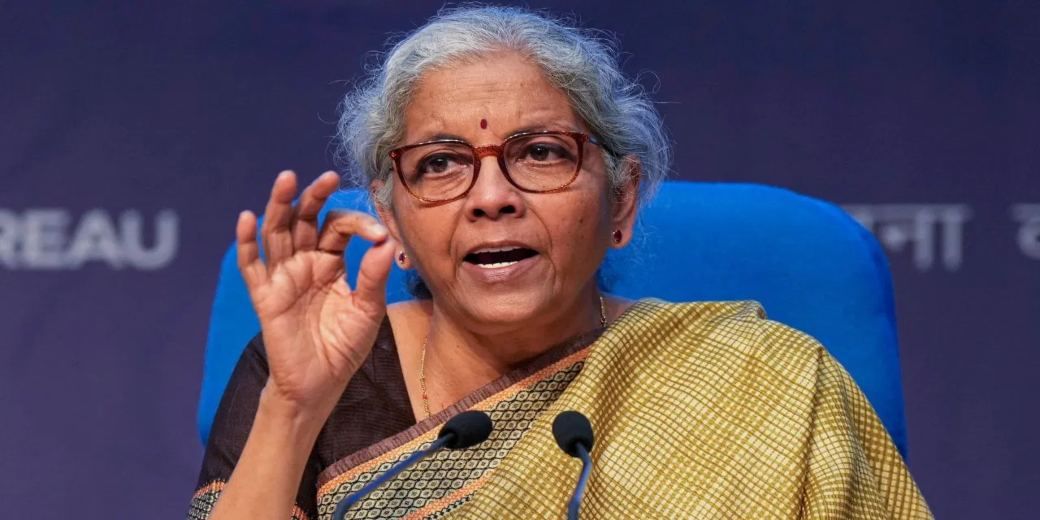Reforms continuing, DEA hopeful of 7% growth in FY25
Finance ministry said education, health, energy security and lowering the burden of compliance burden for small businesses will be the focus of future reforms

Standing at the threshold of the 10-year-period of the Narendra Modi government, the Department of Economic Affairs (DEA) has stated that the country can hope to grow at 7% in FY25 and at a faster clip in the subsequent years, with robust financial and business reforms revving up the transformation engine. Union finance minister Nirmala Sitharaman would table the Interim budget for FY25 on February 1.
Designed to present a ringside view of the economy ahead of the interim budget for FY25, the Union finance ministry said education, health, energy security and lowering the burden of compliance burden for small businesses will be the focus of future reforms. Another priority area would be to improve the gender balance in the labour market, which is other words, means more employment/economic activity for the womenfolk of the country.
According to the report, one of the red flags is around the risk of geopolitical conflicts.
The DEA report is not the regular Economic Survey that will be published only after the new government takes over following the general elections in April-May. The first advance estimate of the economy unveiled in January projected the economy to grow by 7.3% in FY24. In that case, it would mean the economy would be growing at 7% or more for the third year on the trot and beating projections for the current financial year.
On the crystal ball of GDP growth, the DEA said the country could become the world’s third-largest economy in the next three years clocking a GDP of $5 trillion. By 2030, the GDP could reach $7 trillion.
The finance ministry also remarked that with continuous reforms the aspiration of India becoming a developed country by the centenary year of Independence can be achieved.
The report also highlighted the significance of domestic demand fuelling growth. Robust domestic demand which would be sustained by physical and digital infrastructure improvements and increasing manufacturing muscle could continue to trigger economic growth.
The dominance of public sector investments has also given rise to the co-existence of public and private investments, thereby unleashing the animal spirits of entrepreneurship.
The finance ministry arm also hoped that the digital infrastructure would improve institutional efficiency in the economy. Simultaneously, the creation of physical infrastructure will lower the capital-output ratio which signals efficient deployment of capital.
The DEA argued that the full impact of the reforms would be visible when state governments participate in it. Four challenges, all critical, were highlighted in the report. The report exuded a confidence and said that they could trigger inclusive development and turn out to be “stepping stones and not obstacles”. It said that the times of “hyper-globalisation in global manufacturing” was behind us and countries could not just pursue export-oriented growth.
Artificial intelligence also posed a challenge to India. This technology edge could remove the advantage of cost competitiveness that countries such as India enjoy by exporting digital services. Another area of concern is how to ensure abundant talented and skilled workforce for the industry inside the country.
However, the DEA described as the stiffest challenge is how to strike a balance between economic growth and energy transition. With the global commitments of reducing carbon footprint and promoting clean fuels, the government has to ensure supply of sufficient energy for the economy.